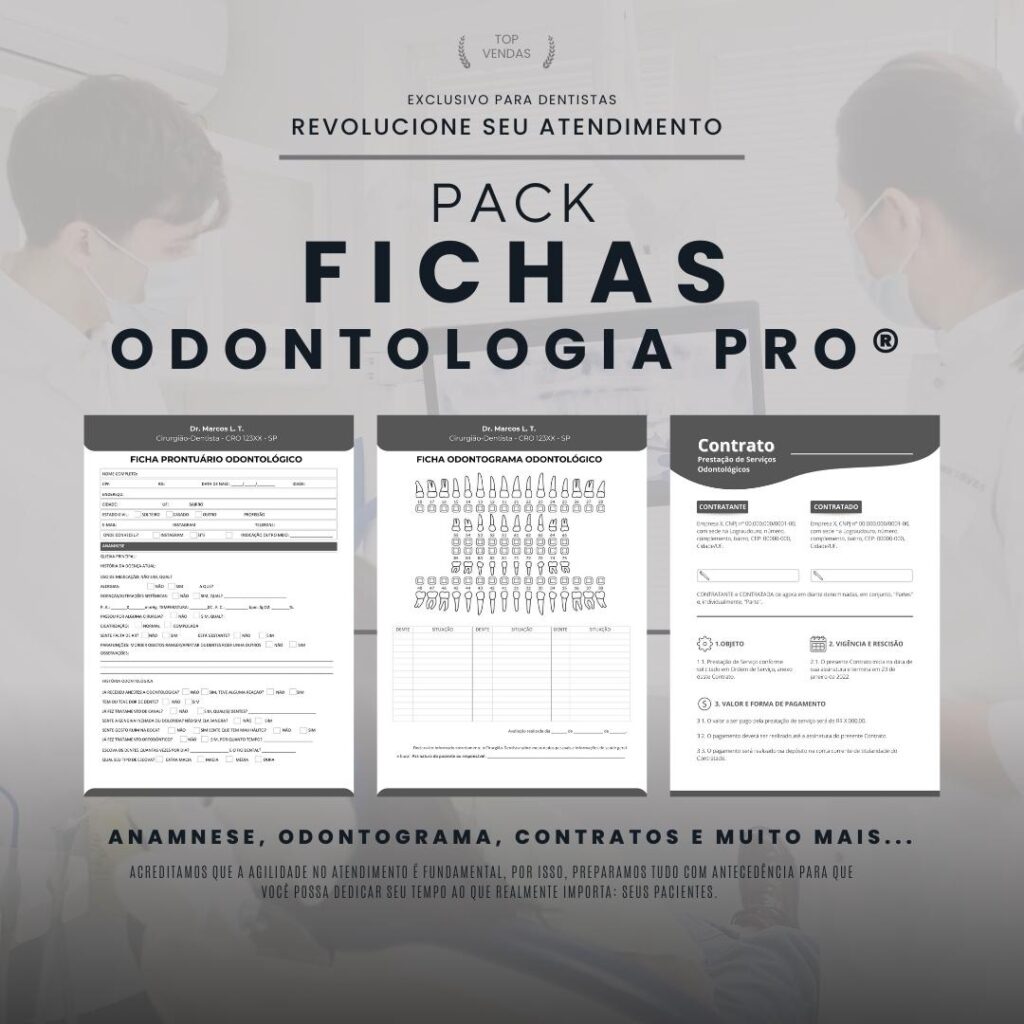What is Selective Wear?
Selective wear is a phenomenon that occurs in various industrial sectors, particularly in materials engineering. It involves a process of differentiated wear on a surface, in which certain areas experience greater wear than others. This wear can occur due to a variety of factors, such as the application of uneven loads, the presence of impurities, or the action of corrosive agents.
How does Selective Wear occur?
Selective wear can occur in different ways, depending on the type of material and operating conditions. In some cases, selective wear is caused by the presence of abrasive particles that act unevenly on the material's surface. These particles may originate from the working environment itself or be generated during the wear process. In other cases, selective wear is caused by the action of corrosive agents that act differently on the material's surface.
Main causes of Selective Wear
Selective wear can be caused by a number of factors, the main ones being:
Unequal loads
When a surface is subjected to uneven loads, some areas may experience greater wear than others. This occurs because areas under greater load experience greater pressure and friction, which accelerates the wear process. Furthermore, areas under lesser load can be protected by lubricants or coatings, reducing wear in these areas.
Impurities
The presence of impurities on the surface of a material can cause selective wear. This occurs because impurities act as abrasive particles, which wear the material unevenly. Furthermore, impurities can react with the material, causing selective corrosion in certain areas.
Corrosive agents
The action of corrosive agents can cause selective wear on a surface. This occurs because corrosive agents act differently on the material, corroding some areas more quickly than others. Furthermore, corrosion can be exacerbated by the presence of residual stresses or the action of uneven loads.
How to avoid Selective Wear?
To avoid selective attrition, it's important to adopt prevention and control measures. Key measures include:
Proper selection of materials
Choosing the right materials is crucial to avoiding selective wear. It's important to select materials that are resistant to wear and corrosion, taking into account the operating conditions and aggressive agents present in the work environment.
Surface treatments
Applying surface treatments, such as protective coatings and lubricants, can help reduce selective wear. These treatments form a protective layer on the material's surface, reducing friction and corrosion.
Control of operating conditions
Controlling operating conditions, such as load application and proper maintenance, is also crucial to preventing selective wear. It's important to ensure that loads are distributed evenly and that working conditions are appropriate for the material used.
Conclusion
Selective wear is a phenomenon that can cause problems in various industrial sectors. To avoid this type of wear, it's important to adopt prevention and control measures, such as proper material selection, surface treatments, and operating conditions control. These measures can reduce selective wear and extend the lifespan of the materials used.

